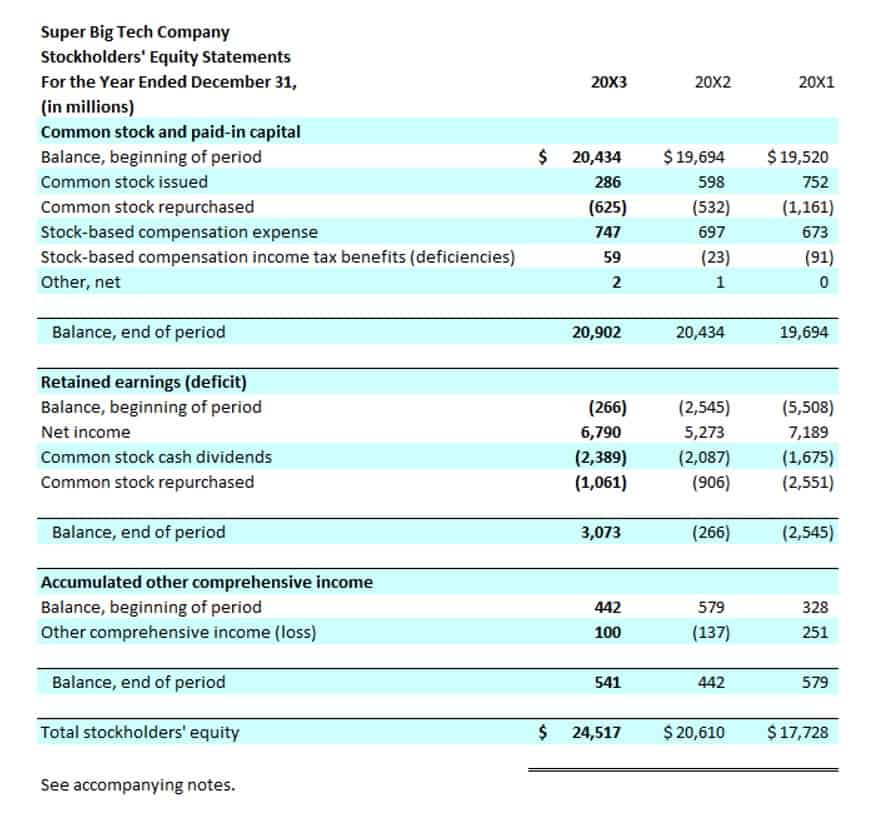
Chartered accountant Michael Brown is the founder and CEO of Double Entry Bookkeeping. He has worked as an accountant and consultant for more than 25 years and has built financial models for all types of industries. He has been the CFO or controller of both small and medium sized companies and has run small businesses of his own. He has been a manager and an auditor with Deloitte, a big 4 accountancy firm, and holds a degree from Loughborough University. It is important to understand the inseparable connection between the elements of the financial statements and the possible impact on organizational equity (value).
Interest rate
As a result, any notes receivable that are greater than one year to maturity are classified as long-term notes and require the use of present values to estimate their fair value at the time of issuance. Other current assets include any other assets held by the Company, which can be converted to cash in one year but cannot be classified under the above categories. Details of other assets held by the Company are generally provided in the notes https://www.bookstime.com/articles/ai-in-accounts-payable to the financial statements. There are many reasons why a business might have notes receivable in its accounting records.
- While accounts receivable are usually short-term, with payment expected within a year, notes receivable can be either short-term or long-term.
- On the other hand, notes payable come into play when you, as a real estate investor or developer, take on debt to finance property purchases or development projects.
- The interest income from notes receivable can also be a steady source of revenue for businesses, particularly for those in the financial sector.
- The adjusting entry amount must therefore be whatever amount is required to result in this ending balance.
- The cash flow is discounted to a lesser sum that eliminates the interest component—hence the term discounted cash flow.
- The concept of an operating cycle refers to the time it takes for a company to purchase inventory, sell it, and collect cash from the sale.
What are the important components of notes receivables?

As mentioned above, the company must determine, using the timeframe of the note receivable, whether it classifies as a current asset or are notes receivable a current asset non-current. It is similar to the maturity date of loans, representing a future point at which the borrower will repay the lender. Notes receivable come in the form of a written document that borrowers pay to their lenders. Unlike usual trading balances and credits, notes receivable balances come with additional terms. If the note receivable is due within a year, it’s treated as a current asset, treated as non-current assets.
Get a Free Demo of BIR-Accredited Software for Your Business Efficiency!
Current notes receivable are listed within the “Current Assets” section of the balance sheet. This placement indicates that the cash inflow from these notes is expected relatively soon. Notes payable, on the other hand, indicate the monetary obligation the maker has to the payee. Their classification depends on their maturity date, distinguishing between short-term and long-term obligations. This distinction provides clarity on when the company expects to convert these assets into cash.

However, for a secured borrowing, a note payable of $90,000 is added to the accounts as a liability, and the accounts receivable of $100,000 remains in the accounts as security for the note payable. After the transaction, the debt-to- total assets https://kooyamotors.in/outstanding-checks-navigating-outstanding-checks/ ratio for Cromwell is 20% if the accounts receivable transaction meets the criteria for a sale. The debt ratio worsens to 36% if the transaction does not meet the criteria for a sale and is treated as a secured borrowing. This impact could motivate managers to choose a sale for their receivables to shorten the credit-to-cash cycle, rather than the borrowing alternative. It is common knowledge that money deposited in a savings account will earn interest, or money borrowed from a bank will accrue interest payable to the bank. The present value of a note receivable is therefore the amount that you would need to deposit today, at a given rate of interest, which will result in a specified future amount at maturity.
Deja una respuesta